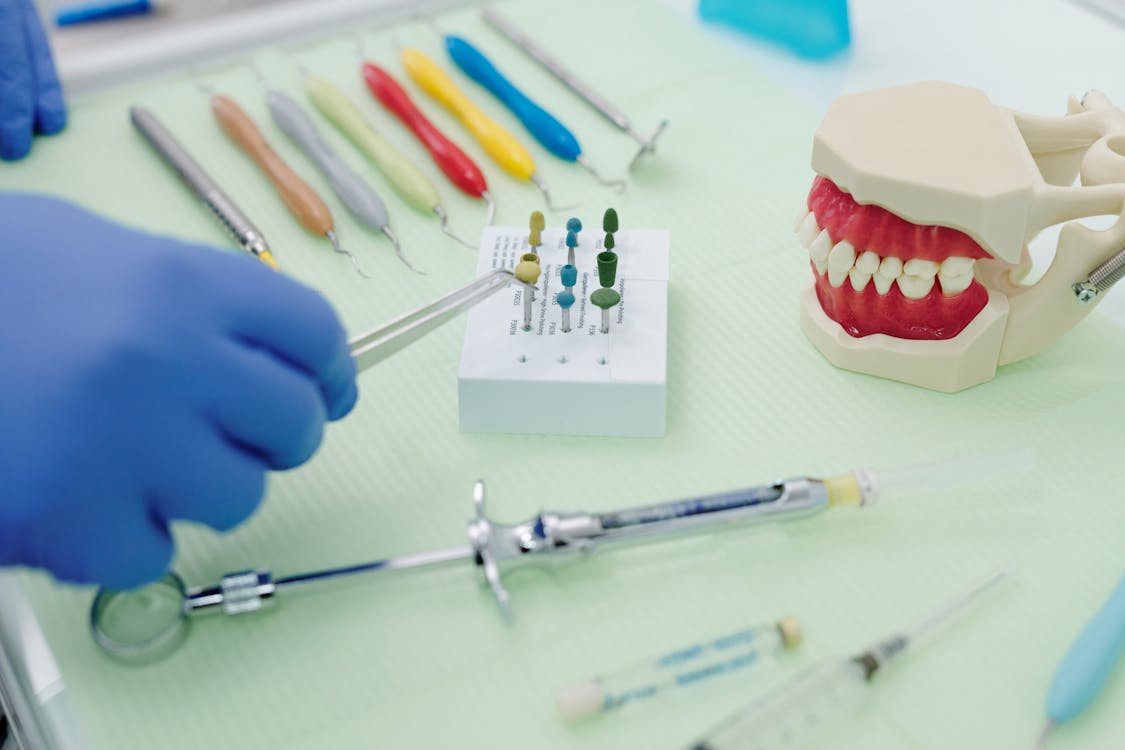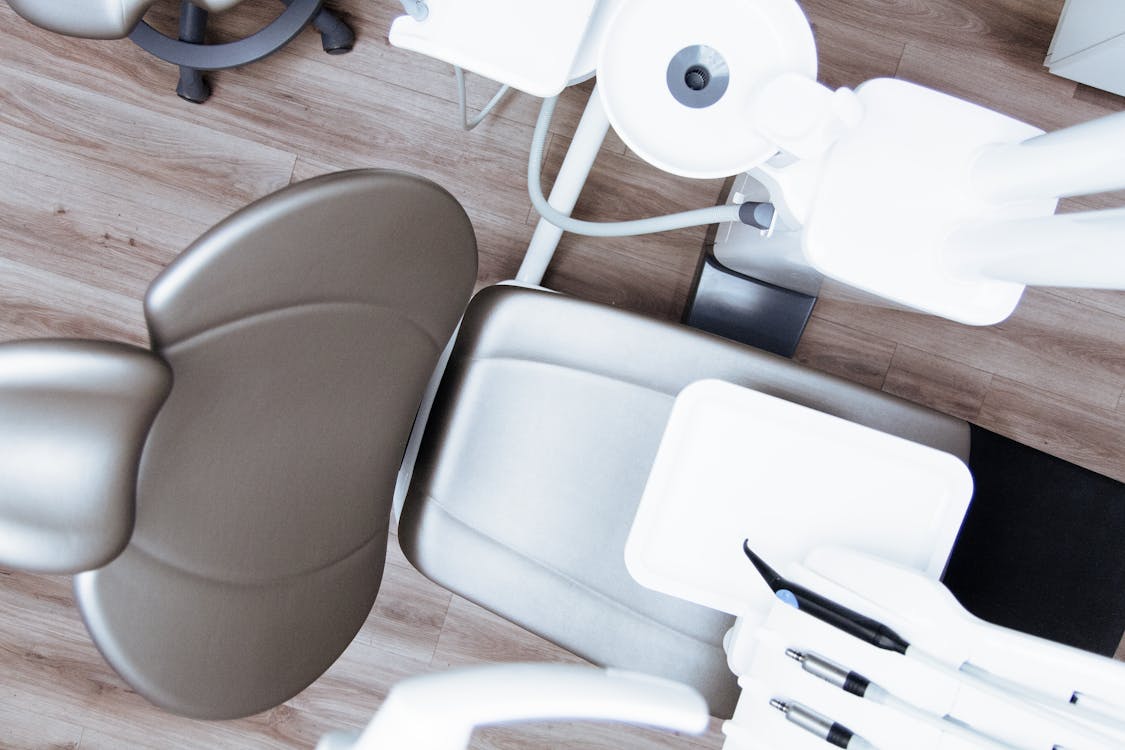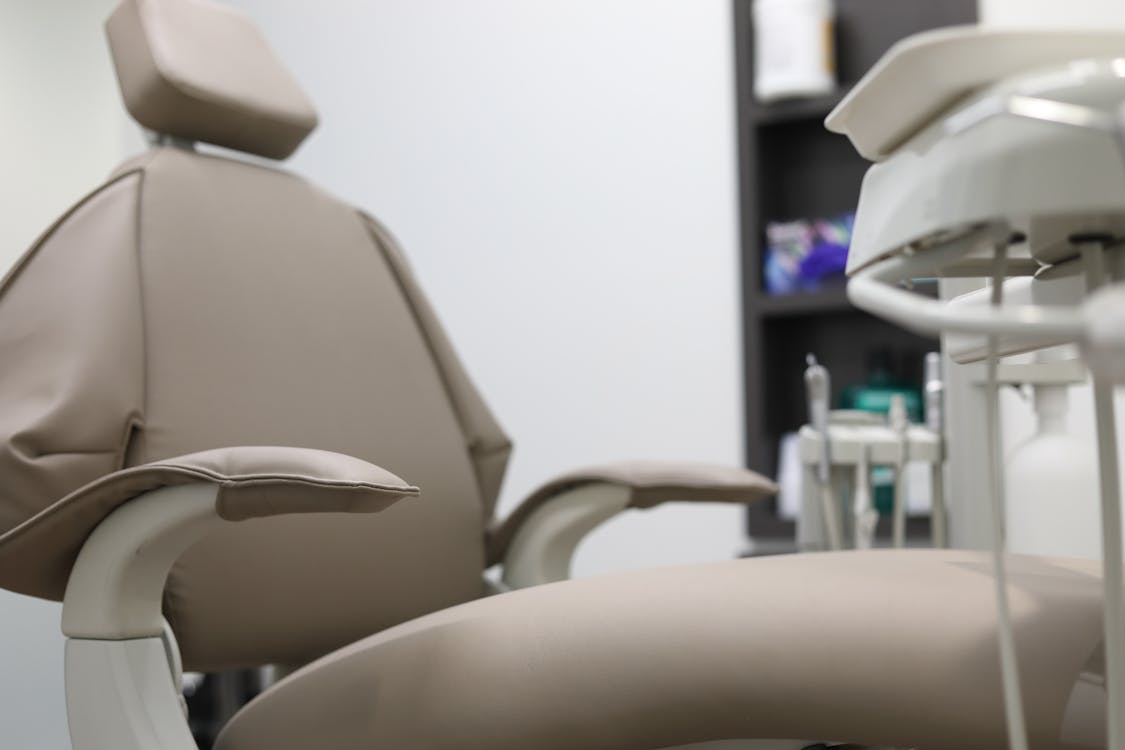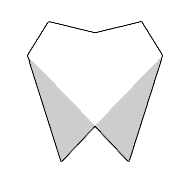
When we think about 3D printing, our minds might conjure up images of intricate sculptures or high-tech gadgets. But did you know that this cutting-edge technology is also revolutionizing the world of dentistry? That’s right – 3D printing is reshaping dental care as we know it, offering customized solutions that are changing the way dentists approach everything from crowns and bridges to implants and orthodontic appliances. In this article, we’ll delve into the fascinating world of 3D printing in dentistry and explore how this innovative technology is transforming smiles around the globe.
A New Era in Dental Care:

Gone are the days of messy impressions and long wait times for dental restorations. With 3D printing, dentists can now create custom-made dental appliances with unparalleled precision and efficiency. This technology uses computer-aided design (CAD) software to generate digital models of patients’ teeth and gums, which are then translated into physical objects using additive manufacturing techniques. The result? Perfectly fitting dental restorations that are tailored to each patient’s unique anatomy.
Customized Solutions for Every Smile:
One of the most significant advantages of 3D printing in dentistry is its ability to produce highly customized dental solutions. Whether it’s a crown, bridge, denture, or orthodontic appliance, 3D printing allows dentists to create prosthetics that are perfectly adapted to the individual patient’s needs. By scanning the patient’s mouth and designing the restoration digitally, dentists can ensure an exact fit and optimal aesthetics, resulting in greater comfort, durability, and patient satisfaction.
Faster Turnaround Times:
Another major benefit of 3D printing in dentistry is its ability to dramatically reduce turnaround times for dental restorations. Traditional methods of fabricating dental prosthetics often require multiple appointments and weeks of waiting for the restoration to be fabricated in a dental laboratory. With 3D printing, however, dental restorations can be produced onsite in a matter of hours, eliminating the need for lengthy wait times and multiple appointments. This means that patients can get the care they need faster and more conveniently than ever before.
Enhanced Patient Experience:
For many people, visiting the dentist can be a stressful experience. The thought of having uncomfortable impressions taken or enduring multiple appointments for a dental restoration can be daunting. 3D printing is changing that by offering a more comfortable and streamlined experience for patients. With 3D scanning technology, dentists can capture digital impressions of patients’ teeth quickly and painlessly, eliminating the need for messy impression materials. And with same-day fabrication of dental restorations, patients can leave the dentist’s office with a new smile in just one visit.
Precision and Accuracy:
One of the most remarkable aspects of 3D printing is its ability to produce dental restorations with unparalleled precision and accuracy. By using digital scanning technology and computer-aided design software, dentists can create digital models of patients’ teeth and gums with pinpoint accuracy. These digital models can then be used to fabricate dental prosthetics with micron-level precision, ensuring an exact fit and optimal functionality. This level of precision is especially important for complex procedures such as dental implants, where even the slightest deviation can impact the long-term success of the restoration.
Expanded Treatment Options:
3D printing is opening up new possibilities for dental treatment, allowing dentists to offer solutions that were previously unavailable or impractical. For example, 3D printing enables the fabrication of highly customized dental implants that are precisely tailored to each patient’s unique anatomy. It also allows for the creation of complex orthodontic appliances such as clear aligners, which can be designed and fabricated digitally for a more efficient and precise treatment process. With 3D printing, the possibilities for dental treatment are virtually limitless, allowing dentists to provide patients with the best possible care.
Advancements in Material Science:
In addition to revolutionizing the way dental restorations are fabricated, 3D printing is also driving advancements in material science. Researchers are constantly developing new materials that are specifically designed for use in dental applications, offering improved strength, durability, and biocompatibility. These materials include biodegradable resins for temporary restorations, bioactive ceramics for dental implants, and flexible polymers for orthodontic appliances. By harnessing the power of 3D printing and material science, dentists can provide patients with safer, more effective, and longer-lasting dental solutions.
The Future of Dentistry:

As 3D printing technology continues to evolve, the future of dentistry looks brighter than ever. With its ability to produce highly customized dental solutions quickly and efficiently, 3D printing is poised to become an integral part of the dental industry. From improved patient experiences and faster turnaround times to expanded treatment options and advancements in material science, the possibilities for 3D printing in dentistry are truly endless. As dentists continue to embrace this transformative technology, patients can look forward to a future of smiles that are healthier, happier, and more beautiful than ever before.


